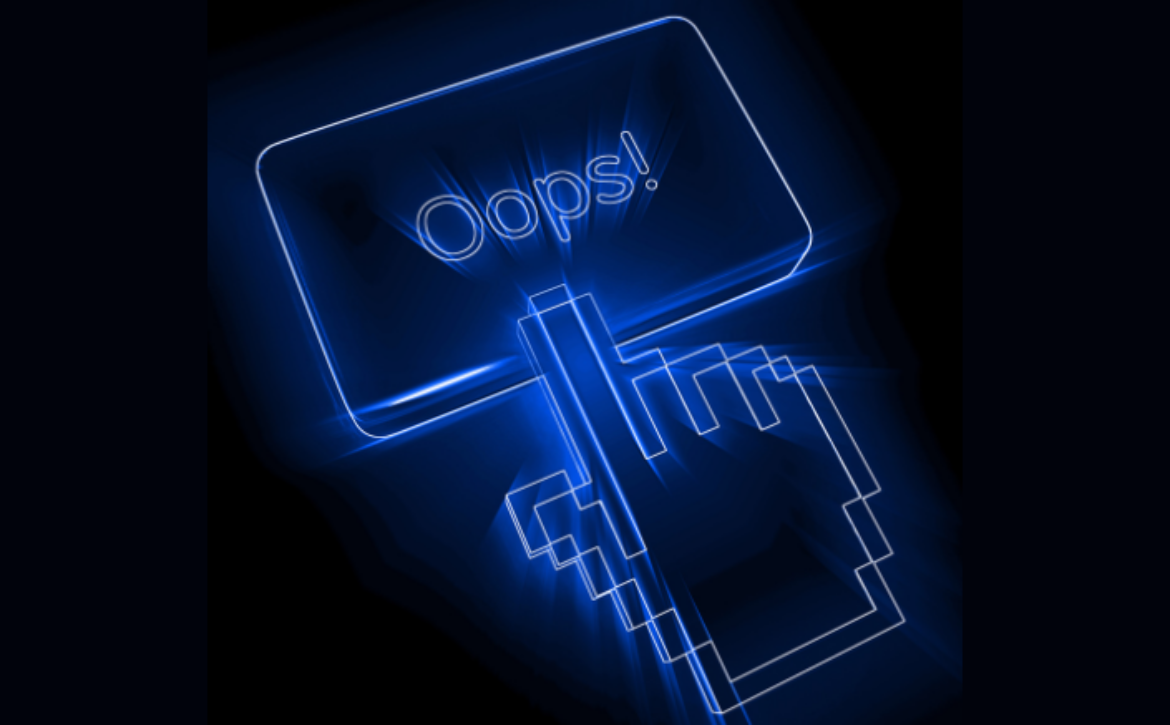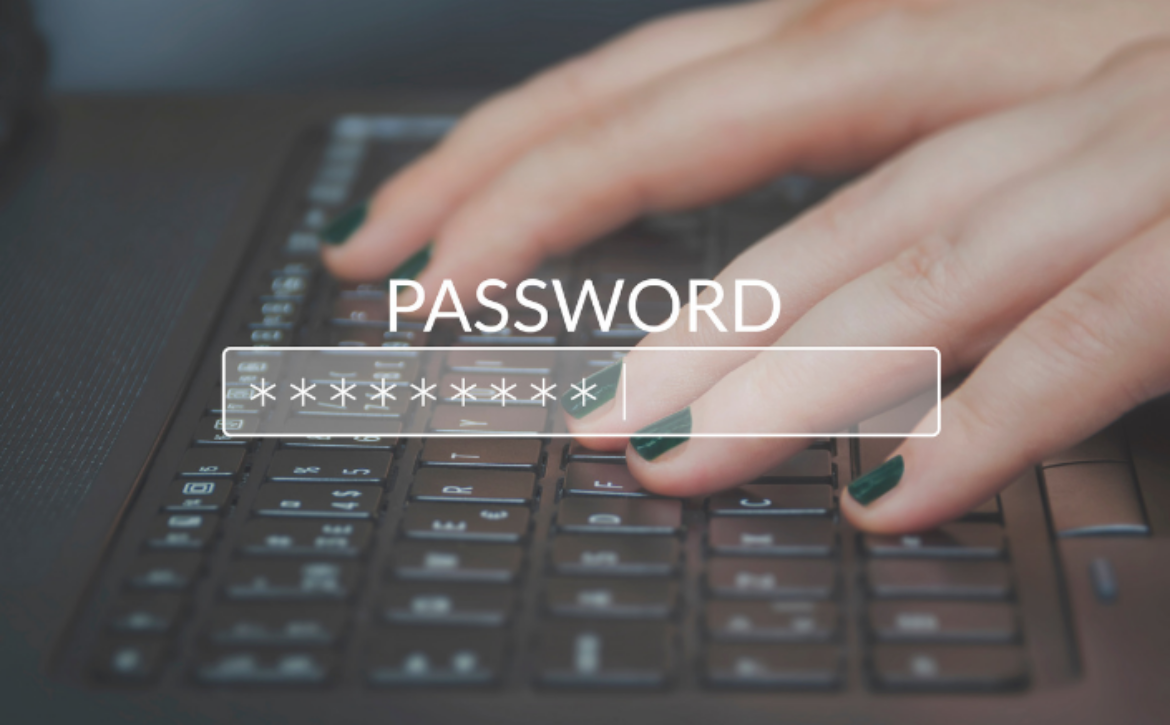Almost daily we learn about cybersecurity threats and data breaches that are affecting businesses across the country and around the globe. The pace and costs of these incidents aren’t slowing down either. In fact, it’s projected that by 2025 the costs related to cybercrime will reach $10.5 trillion.
Most business owners acknowledge the importance of cybersecurity to protect their business assets. The complexities of cybersecurity best practices, though, can leave a business owner feeling confused or overwhelmed and prone to making a costly mistake.
What are the most common cybersecurity mistakes that make a business vulnerable to attack? Let’s take a look at missteps that can make a business a target for cybercrime.
Mistake #1: Not Having a Plan in Place
By far, the biggest mistake that can hurt a company is not having a plan in place in case of a cyber threat. Companies without a formalized cybersecurity plan in place are the most prone to a cyber attack. While creating a response plan takes time and effort, the trade-off for NOT having one in place is immense. A lack of preparation can have devasting financial consequences on a business, not to mention severe damage to customers’ trust and loyalty.
It’s critical for all organizations to prepare and plan for attacks before they happen beginning with an incident response plan. An incident response plan details the step-by-step process for responding to a cyber event. An incident response plan helps to minimize downtime, maintain public trust, and in many industries such as healthcare and law, remain in compliance with governing organizations.
As the saying goes, prepare for the worst and hope for the best.
Mistake #2: Not Staying Up to Date
You’ve likely done it once or twice – ignored the annoying notification that a software update is available for your computer. It’s natural to delay a notification while you are in the midst of working on a project, but regular software updates are important to help keep your business secure by:
- Fixing security weaknesses
- Addressing known threats
- Installing computer patches
- Fixing computer bugs
If you are at an organization with an internal IT department, your IT team should be pushing updates regularly to the entire organization’s IT infrastructure. Are you the IT department AND the business owner? Chances are your team isn’t updating their computers regularly unless you are specifically asking them to do so.
Mistake #3: Not Training Employees
Did you know that one of the biggest threats to your business’s cybersecurity isn’t a hacker or cybercriminals? The biggest threat is actually your employees. Human error accounts for a large percentage of data breaches and other cyber incidents.
When you fail to provide regular training to your team, they may fall victim to phishing emails, ransomware attacks, improperly storing sensitive data, or clicking on an unsafe link. Cybersecurity awareness training isn’t failsafe, however, developing a security posture is about building up layers of defense. Training is one of those layers.
Mistake #4: Not Using Strong Passwords
Humans are predictable – passwords shouldn’t be. Weak passwords are an easy way for outsiders to gain access to your network and data. Considering 61% of data breaches involve login information, a strong password policy is critical to keep data safe. A strong password policy can include:
- Required two-factor authentication
- Long passwords with a mix of lower and uppercase letters
- Avoiding predictable passwords such as, well, password
- Not allowing recycled passwords
- One-time access passwords
Overlooking password security is sometimes an overlooked area but can be easily addressed by incorporating a password manager into your IT best practices.
Mistake #5: Skipping Backups
Not backing up data is a critical mistake when it comes to cybersecurity and protecting data. In the event your company is held hostage with ransomware, or if your data is lost or corrupted, a backup can help you restore it.
There are two ways to backup your data: cloud-based and local. Cloud-based backups are stored on servers and local backups are stored on external hard drives or other devices. Business owners should consider using both methods, especially startups and small businesses.
Mistake #6: Thinking “It Won’t Happen to Us”
Own a business and think cybercrime only happens to other companies? The hard truth is most businesses – even small businesses – will be targeted for a cybercrime at some point. Hackers often target small businesses over large ones as their IT infrastructure is more likely to have holes and gaps for them to exploit. If you own a business, it’s not if, but when, you will be targeted.
Cybersecurity Services from Everound
Everound is a managed IT services company specializing in cybersecurity services, IT consulting, network administration, help desk support, and other IT services. Our team of professionals has worked with large, enterprise organizations as well as small startup businesses to help them plan for and prepare for a cybersecurity threat.
We know what it’s like to run a business and make our customers’ cybersecurity needs a priority. We offer a free cybersecurity assessment that will help you understand where you may be vulnerable and can help you develop a plan to reduce your risk for a cyber threat. Contact us today for a free consultation and let us focus on your IT so you can focus on your business.





 It’s more than likely that you have been the target of a phishing attempt either at work or at home. Were you able to spot it as suspicious? There are “red flags” to watch out for when determining if an email is real or a phishing attempt.
It’s more than likely that you have been the target of a phishing attempt either at work or at home. Were you able to spot it as suspicious? There are “red flags” to watch out for when determining if an email is real or a phishing attempt.





 There are more than one billion web pages on the Internet, and
There are more than one billion web pages on the Internet, and 